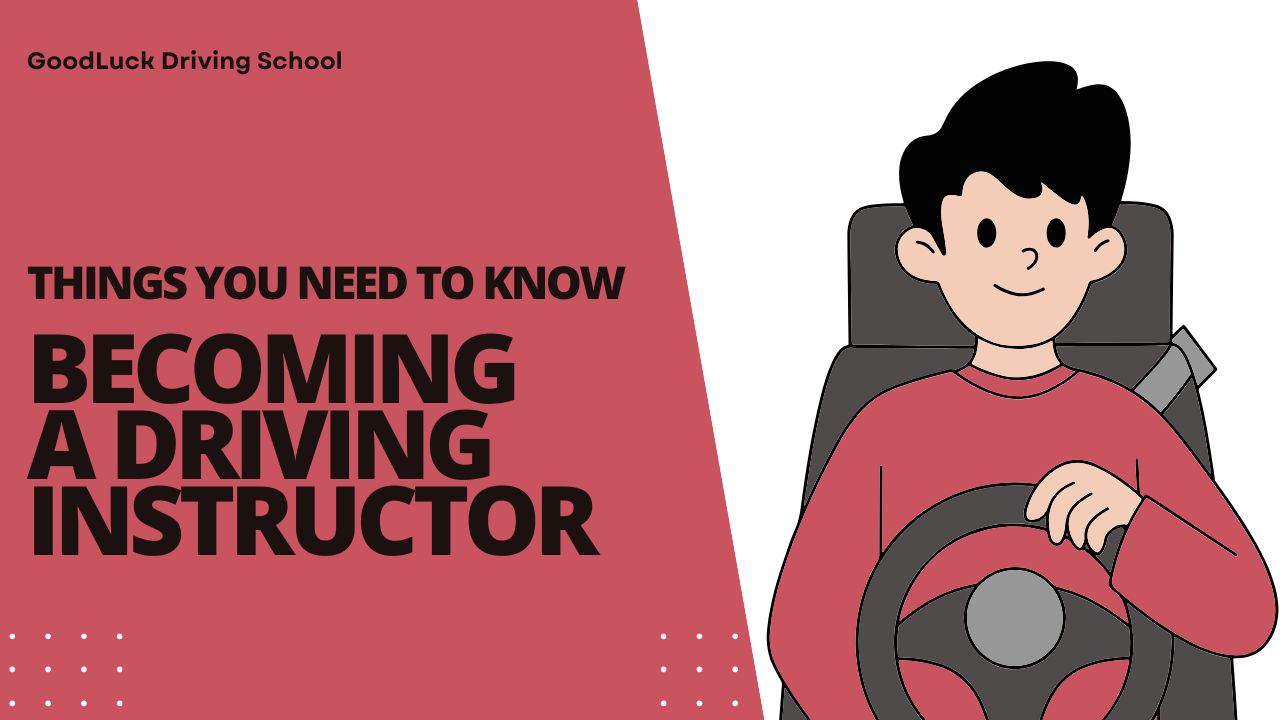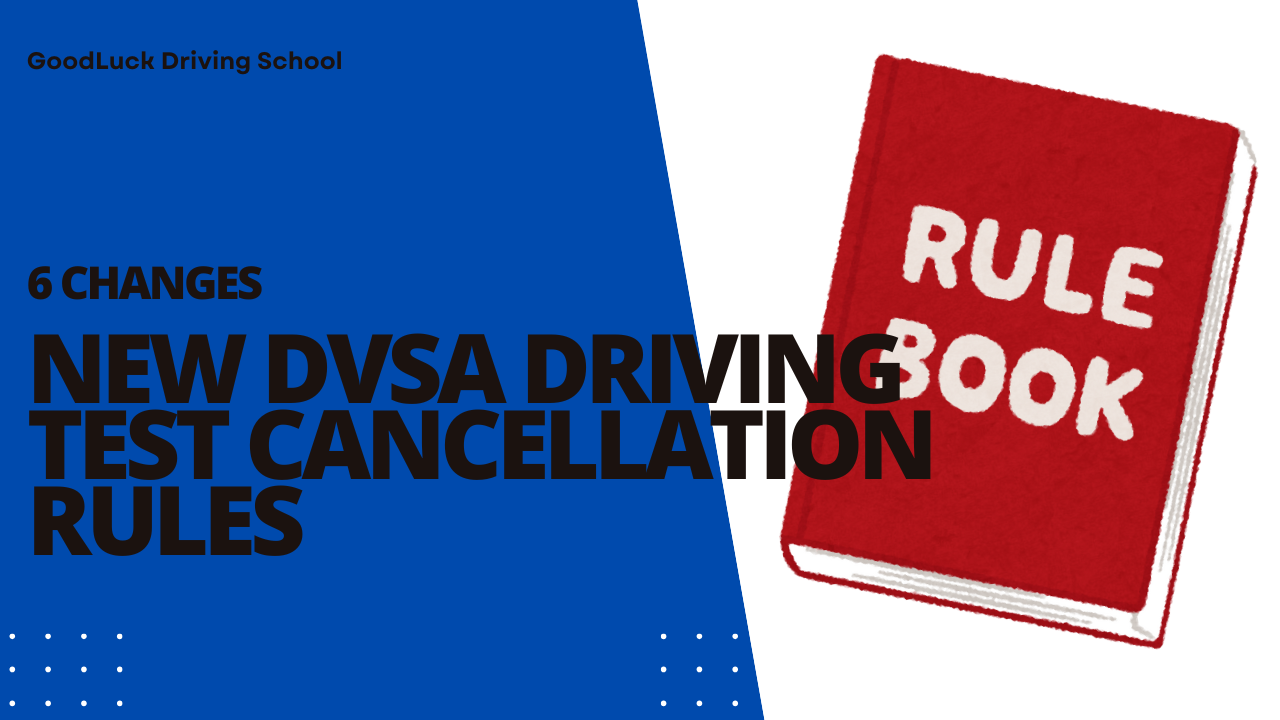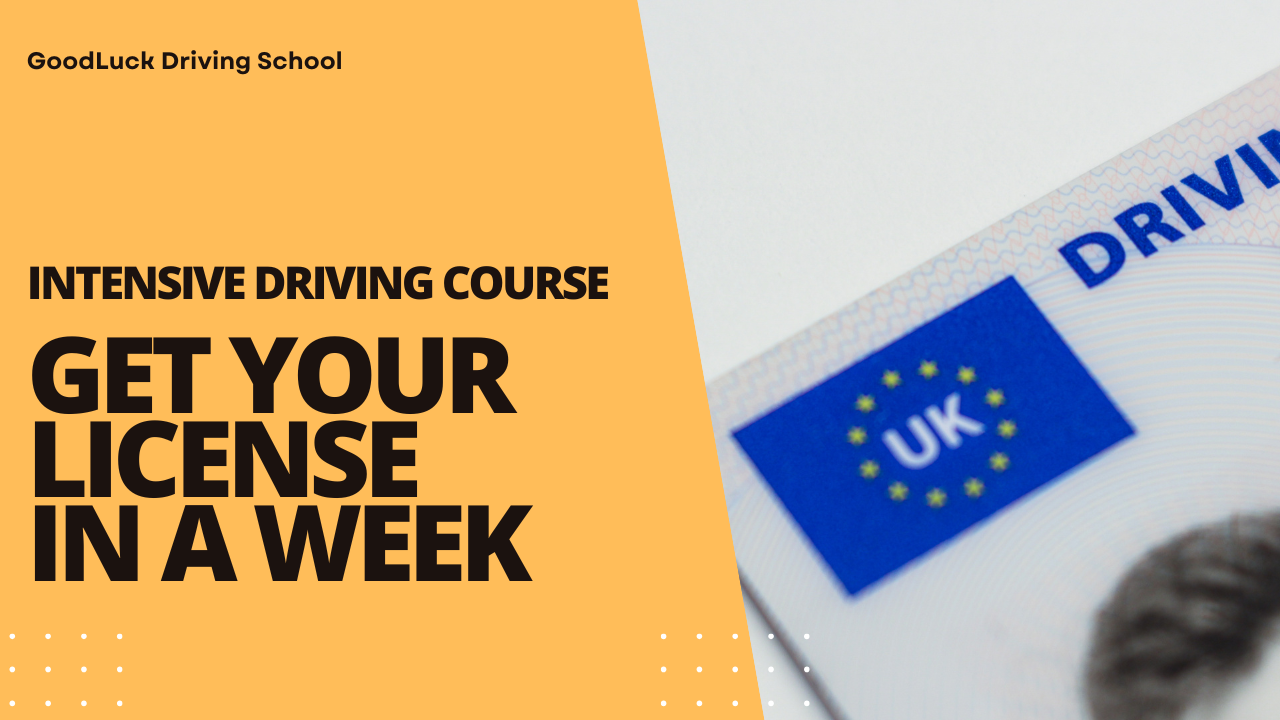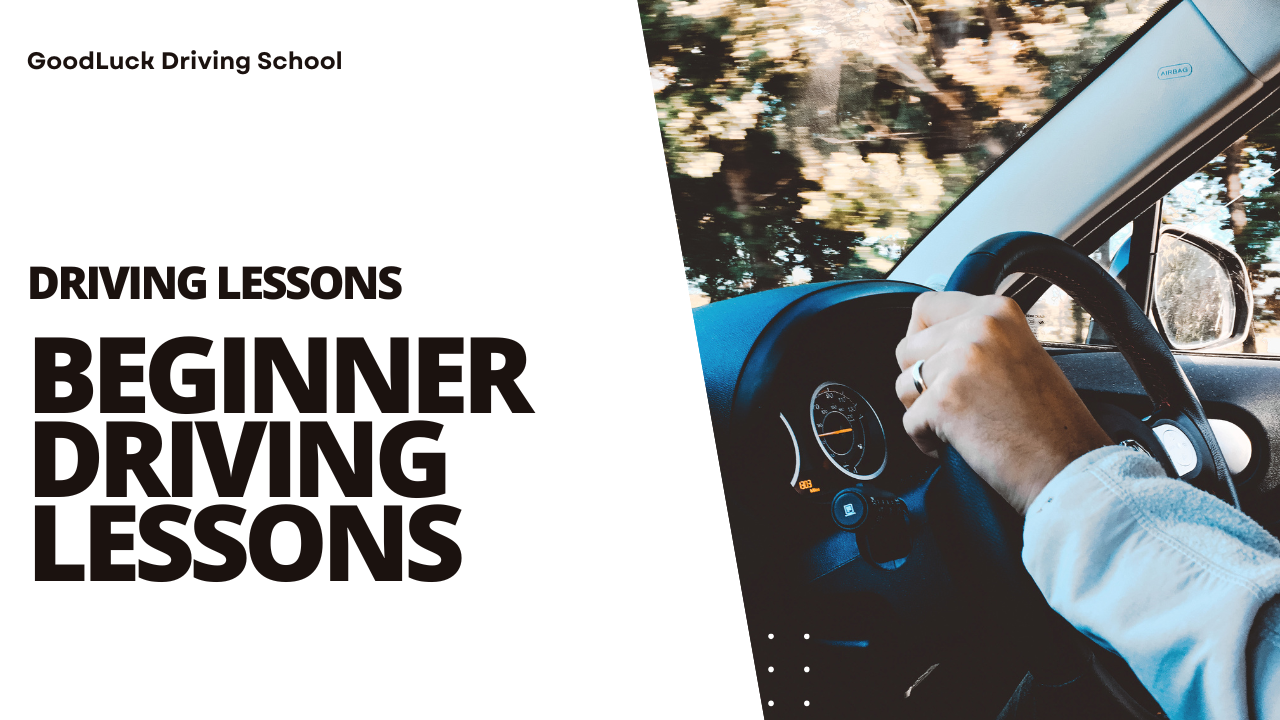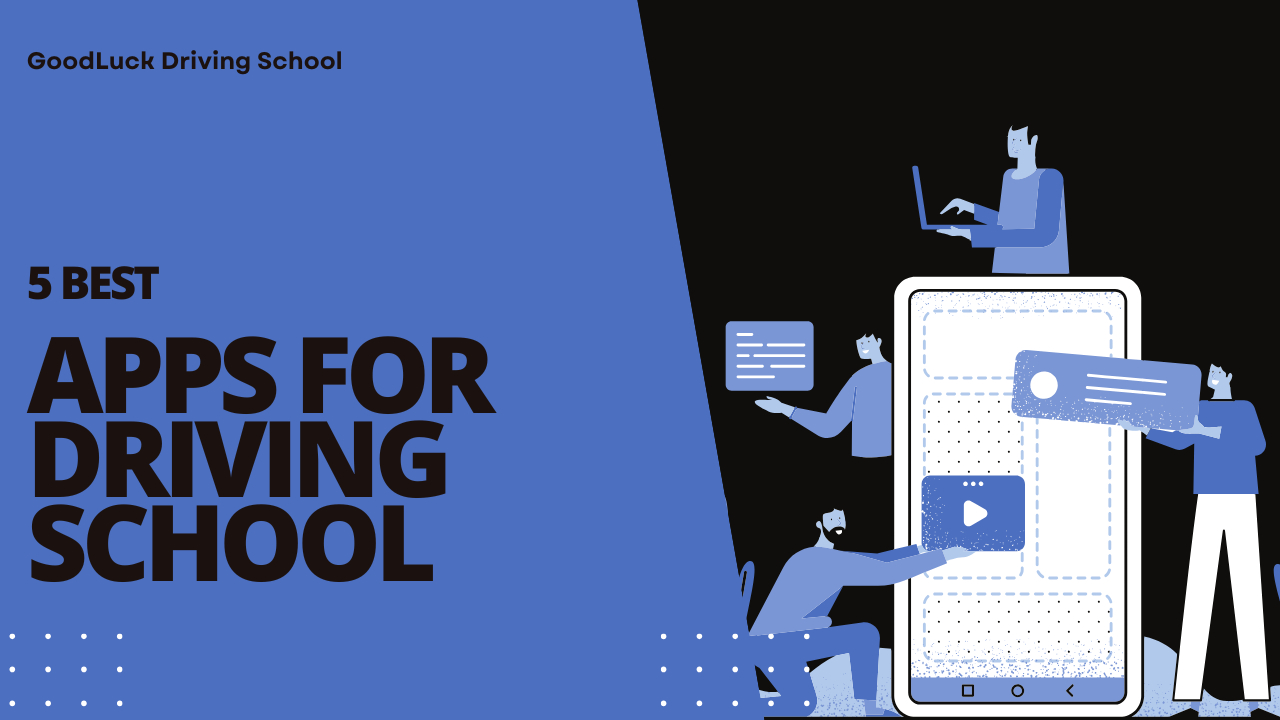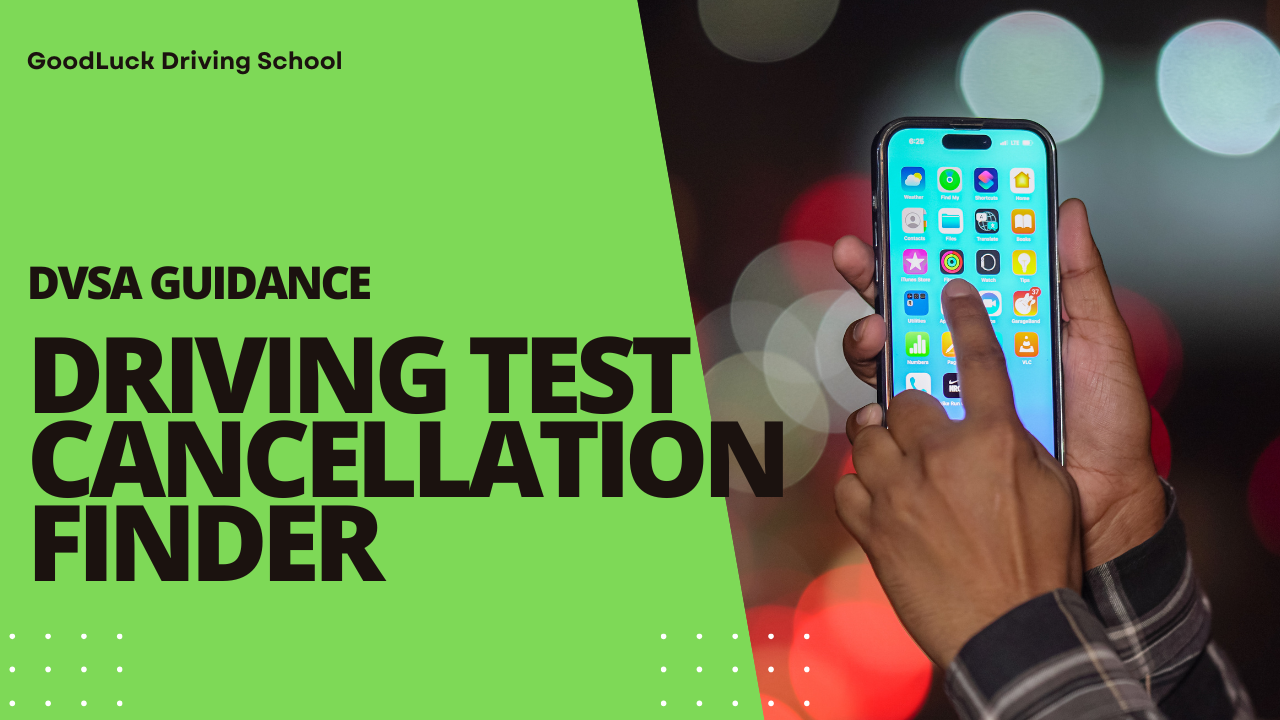
Driving School vs Private Driving Instructor Pros and Cons
It might be difficult to decide between a driving school and a private instructor when learning to drive. Each choice has its own advantages.
While driving schools employ tried-and-true strategies to help students pass more quickly, private instructors customize courses to your goals and speed.
Importantly, driving schools offer specially configured vehicles with dual pedals and package deals for better value.
On the other hand, private instructors could be less expensive and offer greater scheduling flexibility. Only 5% of instructors are selected for training as Approved Driving Instructors, and only 35% finish the course.
With this guide Goodluck driving school experts will break down everything you need to consider before booking your first lesson.
Choosing Based on Learning Style
Your unique learning style has a big impact on how well you learn to drive. Your decision between a private driving teacher and a driving school is especially crucial because different strategies work for different people.
Driving schools offer more personalized courses according to the requirements. Unlike private driving instructors where you might feel like “just another number”.
Some driving schools even have multilingual instructors who can help you learn in your own tongue, just like Goodluck Driving School offers training in English, Hindi, Punjabi, Urdu, and other languages.
It is also important to consider your personality and preferred learning environment. If you learn best through clearly defined goals and planned advancement, a driving school’s methodical approach may be ideal for you.
A private teacher, on the other hand, may be more successful if you value flexibility and developing a rapport with a single instructor.
Safety, Vehicle, and Instructor Credentials
When deciding between a driving school and a private driving teacher, safety should be your primary focus. The most important factor is that your instructor has suitable credentials.
A green badge denotes a fully trained Approved Driving Instructor (ADI), whereas a pink badge represents a trainee or Potential Driving Instructor (PDI). Legitimate instructors are required to display a badge in their windscreen.
This requirement applies to both driving schools and independent instructors.
The majority of driving schools supply vehicles with dual controls, which enable instructors to step in during emergencies by using a second set of pedals.
These specialty cars usually include two sets of accelerator and brake pedals, extra mirrors for improved vision, and occasionally a second clutch.
On the other hand, many private instructors who teach in your own car won’t have these essential safety features.
Cost Benefits
In the UK, private driving instructors usually cost between £30 and £45 per hour, with prices occasionally going up to £50 in London.
Driving schools, on the other hand, usually sell package deals that may appear more expensive at first but may end up offering greater value due to their extensive services.
Conclusion
Whether you prioritize the personalized approach of a private instructor or prefer the structured methodology of a driving school, your decision should align with how you learn best.
FAQs
Q1. What are the main differences between a driving school and a private driving instructor?
Driving schools typically offer structured curriculums and specially equipped vehicles with dual controls. Driving schools may have package deals, whereas private instructors often use a pay-as-you-go system.
Q2. How can I ensure my driving instructor is qualified?
Look for a green badge in the instructor’s windscreen, which indicates they are a fully qualified Approved Driving Instructor (ADI). A pink badge means they are a trainee or Potential Driving Instructor (PDI).
Q3. Are driving lessons with a school more expensive than with a private instructor?
Driving schools often offer package deals that may provide better value in the long run. Private instructors typically charge between £30 to £45 per hour, with rates occasionally reaching £50 in London.
Q5. Are there any long-term benefits to choosing a driving school over a private instructor?
Completing a recognized driving course through a school can lead to substantial insurance discounts and, in some regions, allow you to take your road test earlier.
BOOK NowOR CALL US AT


